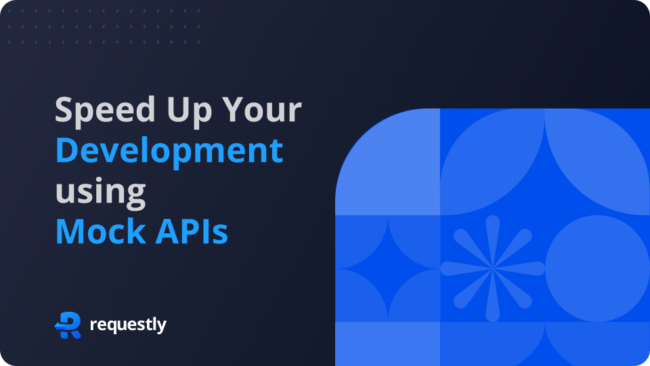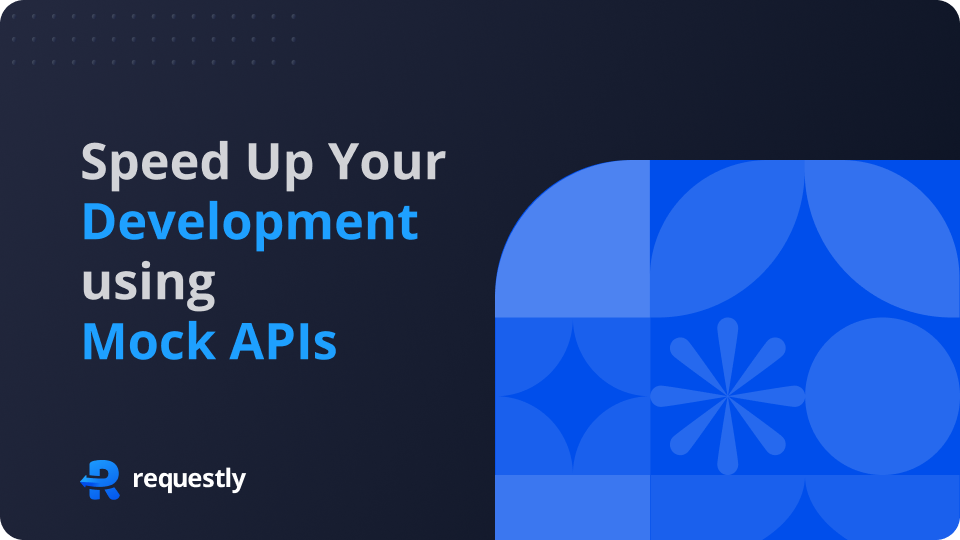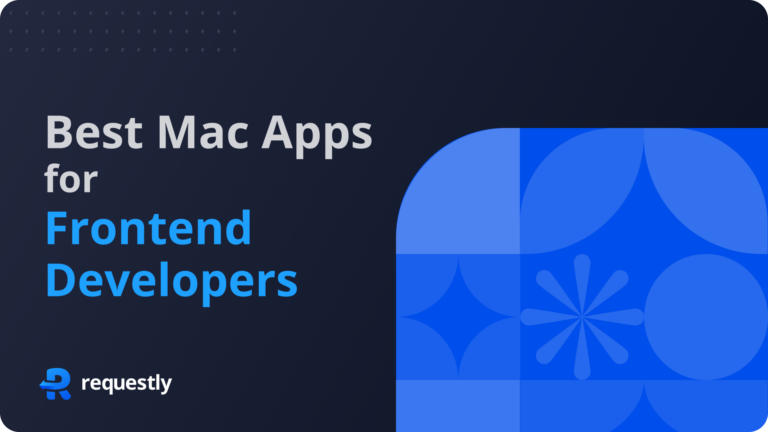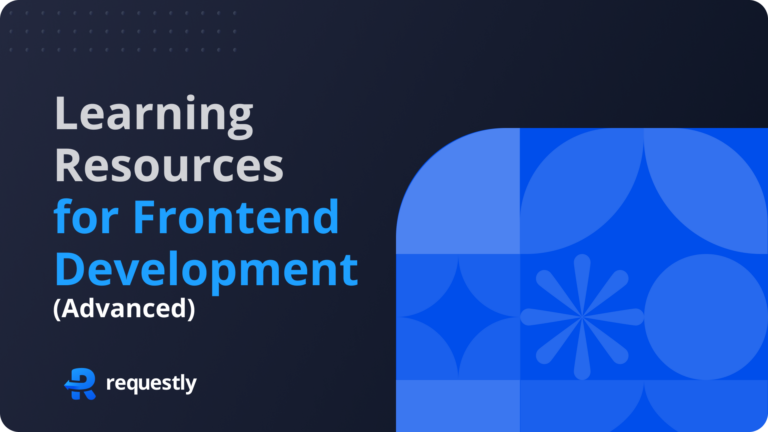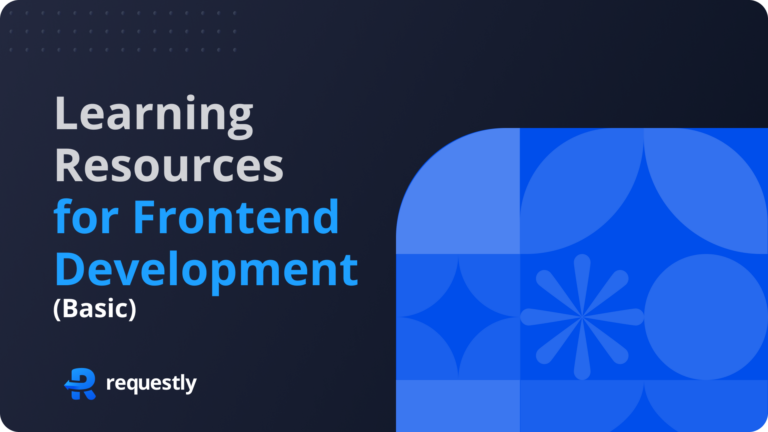When you’re building software, time is precious. However, dealing with external APIs can slow you down. However, there’s a solution that can significantly speed up your development process: Mock API. In this blog post, we’ll explore how mock APIs can streamline your workflow, saving you time and resources along the way.
Understanding Development with and without Mock API
When integrating APIs into your app, you typically go through several steps: selecting the right APIs, understanding their functionality, and writing code to connect your app to them. However, issues like maintenance, downtime, or rate limits with real APIs can bring your progress to a halt. Testing with real APIs can also be complex, especially when simulating specific scenarios like error responses or unusual data.
This is where mock APIs come in. Instead of relying on real APIs, you can create fake versions of the API endpoints. These mock APIs return predefined responses, allowing you to continue developing and testing your app seamlessly. With mock APIs, you’re no longer dependent on the availability or limitations of the real API, speeding up your development process and making testing more manageable.
Real-Life Examples of How Mocking APIs Saved Time and Effort
1. Creating New Features
Let’s say there’s a team working hard on improving an app or website. They want to add something cool, like a new section or feature. Instead of waiting for the complicated backend part to be fully ready, they use mock APIs.
- Frontend-Backend teams agree to API contracts
- Backend team started developing the APIs
- Frontend team deployed API mocks using API contracts and start development.
- Once Backend APIs are ready, feature is shipped.
These are like pretend conversations with the backend. So, the team can quickly try out different ideas for how the new feature might look and work. It’s like trying on different outfits before going to a party. This way, they can make the new stuff look and feel just right, even before the real technical stuff is done.
2. Testing and Checking for Problems
Imagine a team is getting ready to launch an app. But before they let it out into the world, they want to make sure it’s perfect. They use Mock APIs to create different situations, like —
- Cart with non existing items
- API with 500 response
- A resource with huge data.
- An empty response, etc.
These fake scenarios helps check if everything works smoothly. It’s like rehearsing for a play before opening night. By finding and fixing any issues early on, they make sure the app works great for everyone when it’s finally out there.
3. Building the Backbone
Now, let’s think about a team starting from scratch on a big project. They want to build something awesome, but they’re starting with a blank canvas. While the backend part is still being built, they use mock APIs to plan and test things out. It’s like sketching the outline of a drawing before filling in the details. This lets the front-end and back-end teams work together smoothly. The front-end folks can focus on how everything looks and feels to the users. Meanwhile, the back-end folks can concentrate on making the real magic happen behind the scenes. By working like this, they save loads of time and make sure everyone’s on the same page as they bring their project to life.
Tips for Using Mock APIs in Your Workflow
1. Choose the Right Tool
Selecting the right tool for mocking APIs is crucial. There are many options out there, so go for one that aligns well with your project requirements and integrates smoothly with your existing setup. Below are a few of the criteria to consider before using a tool:
- Cloud and Local Mock — Cloud-based mocks are created once and are available to the whole team, while local mocks are created and available only on a developer’s local system. Both have their use cases; ideally, mocking tools should support both types.
- Intrusive or Non-Intrusive Mocks — Intrusive mocks need to be configured in your application, while non-intrusive mocks can be configured outside your application. They intercept the real API call and modify the response and status code on the fly.
- API Targeting—API mocks should provide enough tools to configure any type of API. In most cases, APIs can have variables like IDs and slugs.
- Dynamic Responses—Mocking tools should have a dynamic response feature, where responses can be generated based on the request parameters.
- Faker — Mocking tools should be able to generate real-looking data for different fields, such as name, city, country, address, mobile, etc.
- Multiple Responses — Mocking tools should allow you to configure multiple responses against an API, and you should be able to choose which one to send or select based on the data in the request.
- Collaboration — Mocking tools should have collaboration features so that the whole team can use and manage the API mocks, providing flexibility and agility to the teams.
2. Focus on What Matters
Not every aspect of your API needs to be mocked. Identify the critical components, such as error handling or specific endpoints, and focus your efforts there. By pinpointing what matters most, you can ensure efficient use of resources and streamline your development process.
3. Keep Your Mock Data Updated
It’s essential to keep your mock responses in sync with the real API as your project evolves. Regularly update your mock data to reflect any changes or additions in functionality. This ensures that your testing remains accurate and relevant throughout the development lifecycle.
- Select tools that directly fetch and update the mocks using API contracts typically created in OpenAPI standards.
- Whenever the API contract is updated, make sure you update your API mocks definition to reflect the new changes.
4. Collaborate Effectively
Encourage collaboration within your team to maximize the benefits of using mock APIs. Ensure everyone understands the importance and benefits of mock APIs in speeding up development and improving testing efficiency. When everyone is onboard and working towards the same goal, the integration of mock APIs becomes even more seamless and impactful.
Conclusion
Mock APIs are a game-changer for software development. They help you work faster and smarter by cutting down on dependencies. Whether you’re a seasoned developer or just starting, mock APIs can make your projects run smoother and get you to the finish line quicker.
